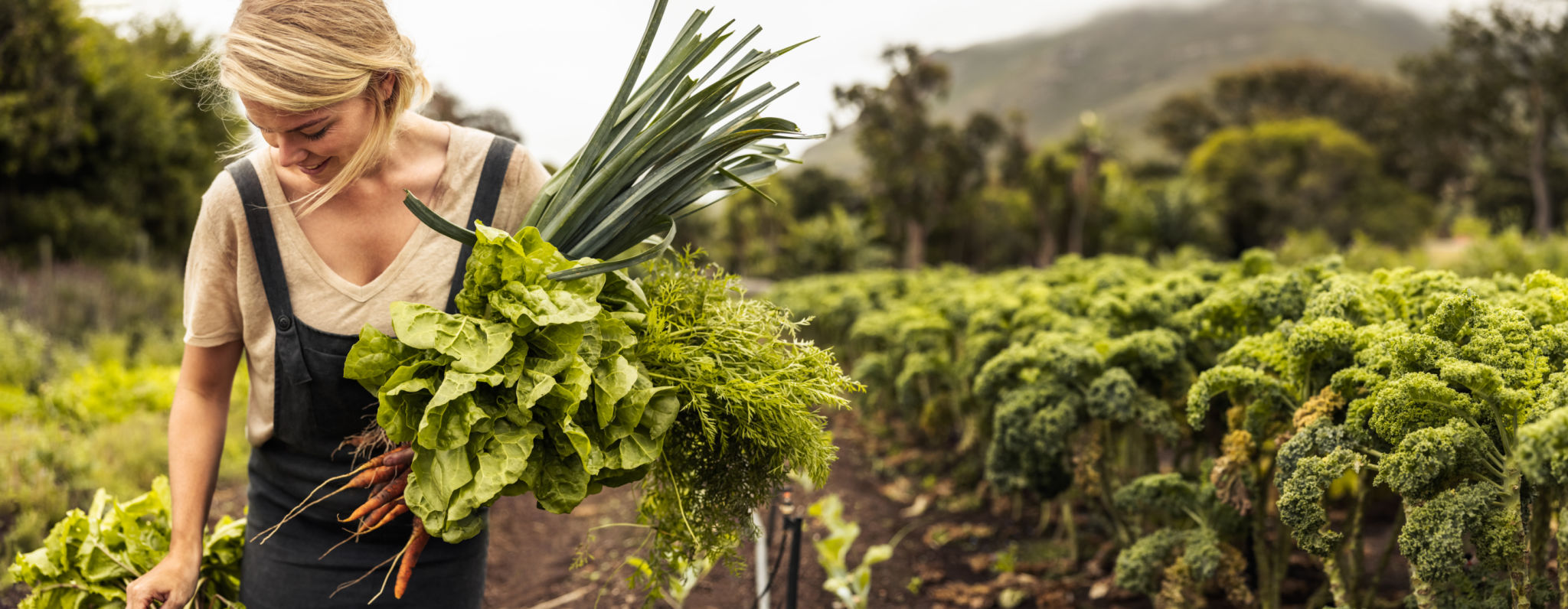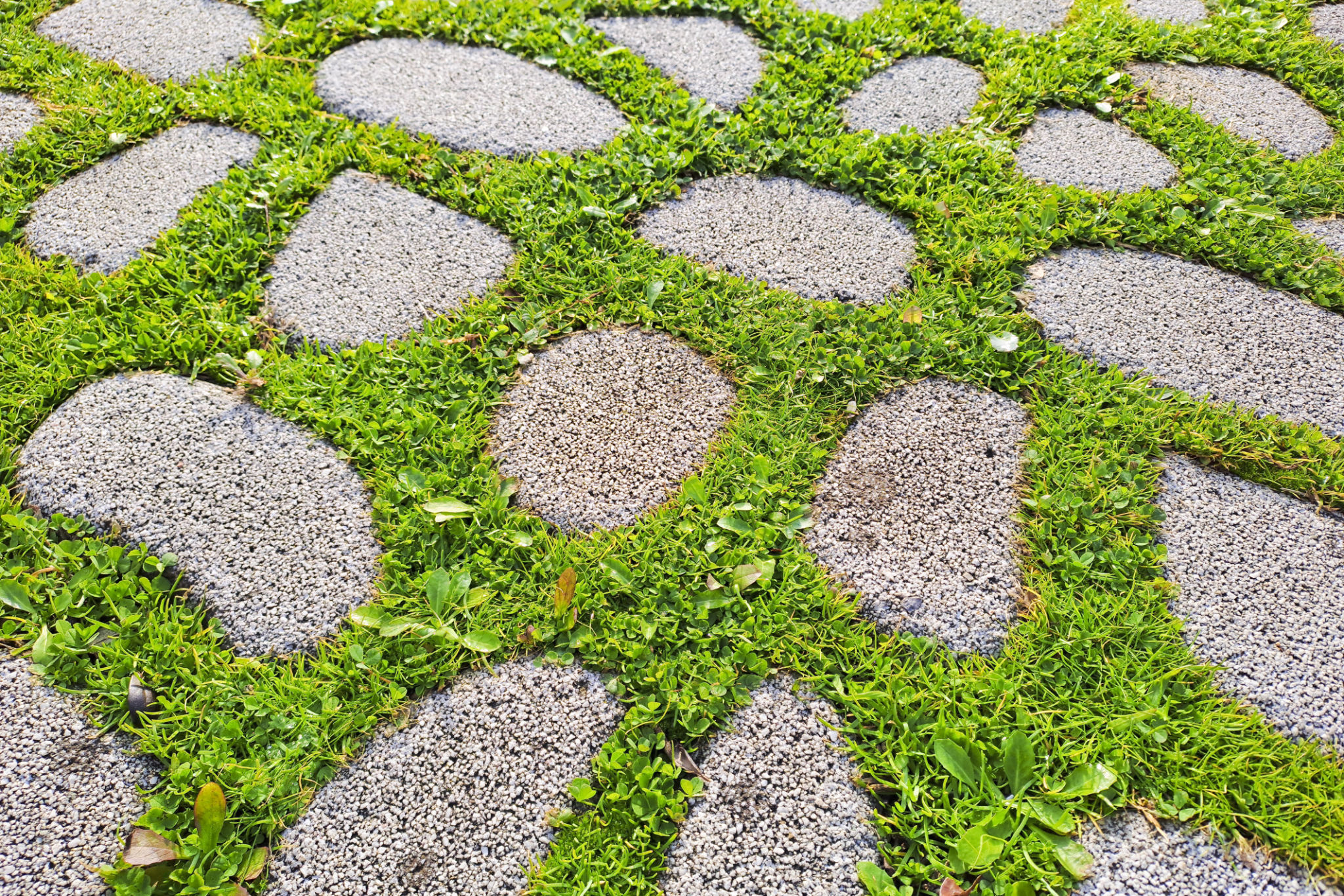Eco-Friendly Landscape Design: Top Tips for Chicago Residents
Understanding Eco-Friendly Landscape Design
Eco-friendly landscape design is an approach to landscaping that focuses on sustainability and environmental responsibility. It aims to create attractive outdoor spaces while minimizing negative impacts on the environment. For Chicago residents, incorporating eco-friendly practices into landscape design is particularly important due to the city’s unique climate and urban challenges.
By embracing eco-friendly landscape practices, you can reduce water usage, limit the need for chemical fertilizers, and support local wildlife. These practices not only benefit the environment but can also enhance the aesthetic and functional value of your property.

Selecting Native Plants
Choosing native plants is a cornerstone of eco-friendly landscape design. Native species are adapted to the local climate and soil conditions, making them more resilient and easier to maintain. In Chicago, popular native plants include coneflowers, black-eyed Susans, and prairie dropseed.
These plants require less water and fertilizer compared to non-native species, making them a cost-effective choice for homeowners. Additionally, native plants support local biodiversity by providing habitat and food sources for native insects and birds.
Benefits of Native Plant Selection
Here are some advantages of incorporating native plants into your landscape design:
- Reduced Maintenance: Less watering and fertilizing.
- Increased Biodiversity: Supports local wildlife.
- Cost Efficiency: Lowers long-term landscape expenses.
Water Conservation Techniques
Water conservation is a crucial aspect of eco-friendly landscaping. Implementing smart watering techniques can help reduce water waste significantly. Consider installing a rainwater harvesting system to collect rainwater for irrigation purposes.

Drip irrigation systems are another effective way to conserve water. These systems deliver water directly to the roots of plants, minimizing evaporation and runoff. Additionally, consider scheduling irrigation during early morning or late evening hours to reduce evaporation losses.
Mulching for Moisture Retention
Mulching is an excellent practice for retaining soil moisture and suppressing weeds. Organic mulches such as shredded bark or wood chips decompose over time, enriching the soil with nutrients. Mulching not only conserves water but also enhances the overall health of your garden beds.
Sustainable Hardscaping Options
Hardscaping elements like patios, walkways, and driveways can also be designed with sustainability in mind. Opt for permeable materials such as gravel or permeable pavers that allow water to seep through and reduce runoff.

Using recycled or locally sourced materials for hardscaping can further minimize your environmental footprint. Incorporate elements like rain gardens or bioswales around hardscaped areas to manage stormwater naturally and effectively.
Creating a Wildlife-Friendly Habitat
Designing your landscape to support wildlife is an essential part of eco-friendly landscaping. Provide shelter and nesting sites for birds by planting trees and shrubs of varying heights. Incorporate bird feeders and birdbaths to attract local bird species.
Additionally, consider building a small pond or water feature to support amphibians and aquatic life. By creating a balanced ecosystem within your garden, you’re contributing positively to local biodiversity and enjoying the beauty of nature right at your doorstep.